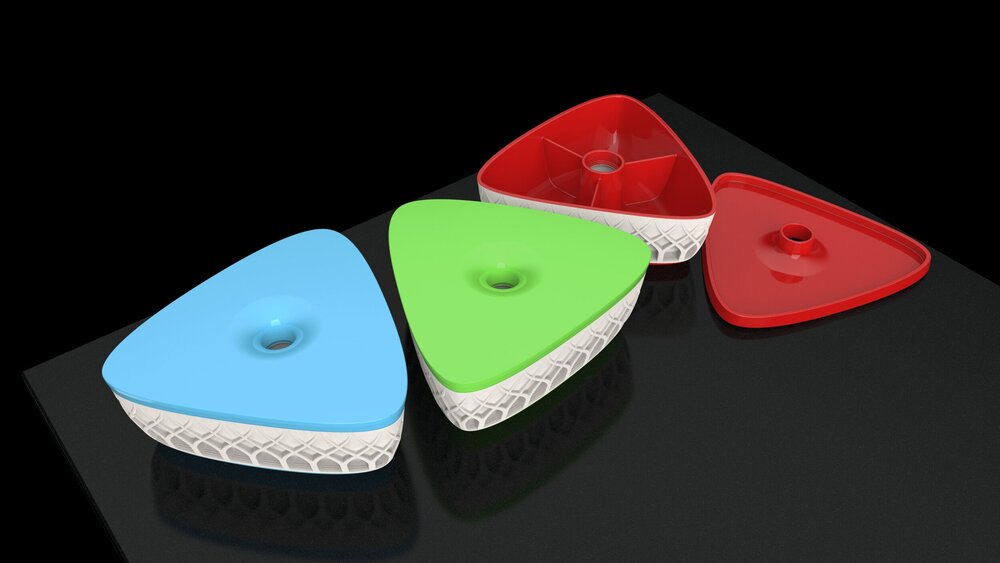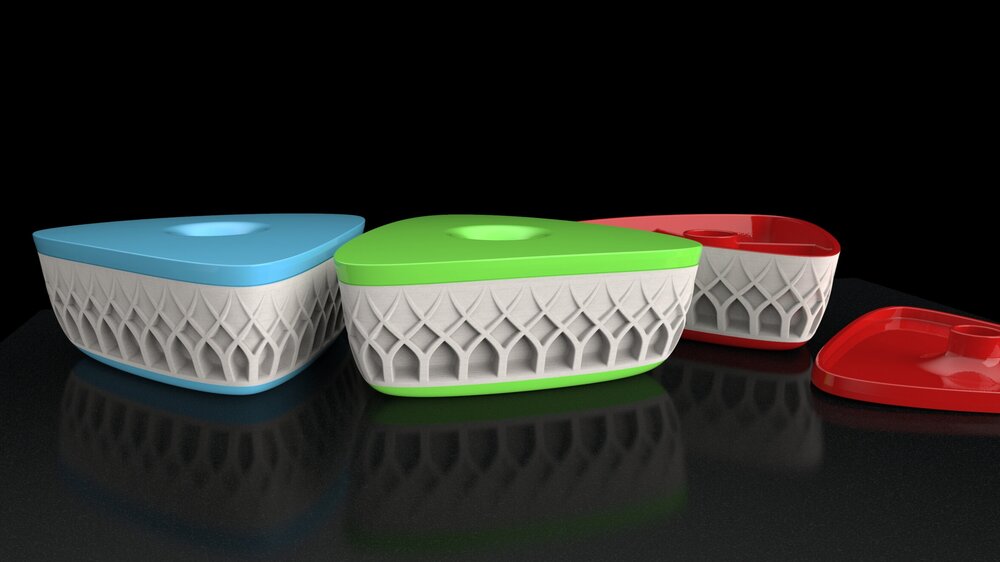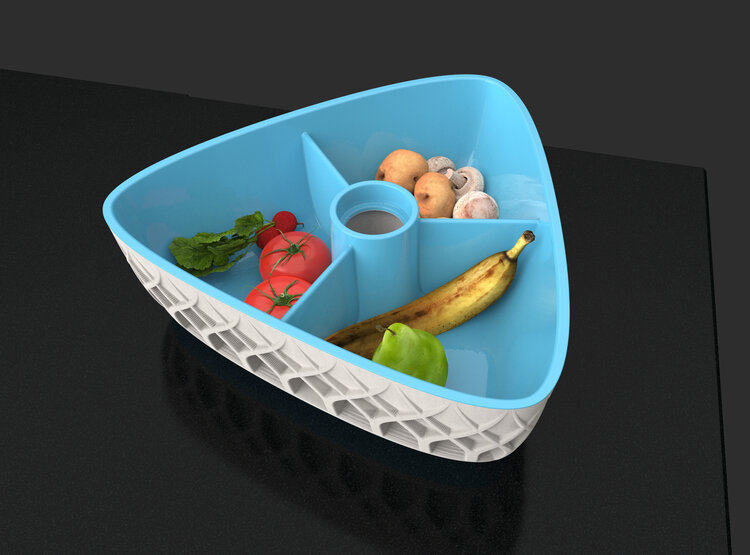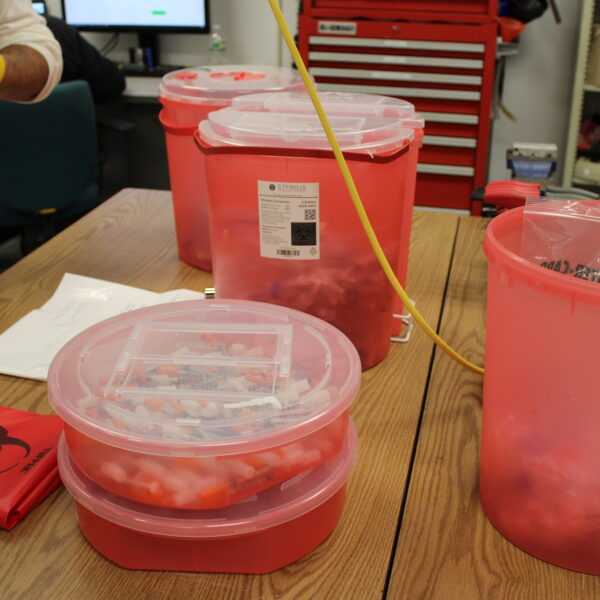Americans throw away a lot of food, and it’s not limited to day-olds from restaurants or ugly produce at supermarkets. According to a recent study, the average US household wastes 32% of their food, equating to a loss of nearly $2,000 every year. While some of this waste is made up of the inedible parts – like egg shells or coffee grounds – much of it has simply spoiled before we can eat it. Beyond the financial burden, these wasted resources carry a hefty environmental cost. Globally, wasted food is responsible for roughly 20% of all greenhouse gas emissions. And ironically, our desire for healthier food choices may actually be making the problem worse.
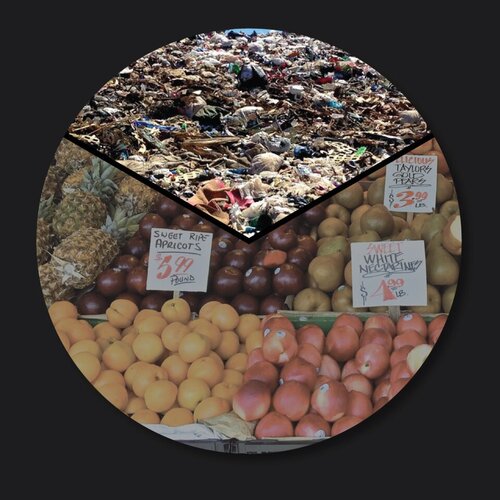
That’s because most household food waste comes from perishables, i.e. vegetables and grains, rather than meats and animal products. Although meat is more carbon intensive, vegetables make up nearly 25% of all food waste by volume compared to less than 5% for meat. Fresh produce tends to spoil faster than we expect, especially when it’s not stored in optimal conditions.
Though composting does divert a small percentage, the vast majority of wasted food ends up in landfills where it constitutes 22% of all municipal solid waste. And when food breaks down anaerobically inside a landfill it releases methane, a far more potent greenhouse gas than CO2.
Leveraging years of experience in the food and beverage industry, PI set out to explore solutions to this challenging problem that would complement how we live and work in the kitchen and provide a meaningful, positive impact. Through our research, we uncovered how trends in home design and lifestyle have created a gap in storage options, previously filled by the root cellar, that inadvertently contributes to premature spoilage and food waste. The team’s concept solution, called SpringBox, combines modern fabrication methods, ancient materials, and natural processes to help extend the useful life of veggies so they can stay out of the waste stream.

SpringBox is a counter-top, climate controlled, food storage vessel that helps to reduce household food waste by creating the optimal conditions for keeping many fruits and vegetables fresh longer. SpringBox is like a modern day, counter-top root cellar, conveniently placed within reach in the kitchen. It is made of 3D printed ceramic, and uses only water evaporation as a power source to keep its interior cool.

Water is added to a reservoir in the base through the funnel-shaped lid and central stem. Inspired by the natural flow of water in plants, the ribbed walls wick moisture from the “roots” in the reservoir into the “branches” where surface area is highest. When water changes to vapor, it absorbs heat. This evaporative cooling can lower temperatures inside by up to 20°, enough to reach the optimal zone.
Popular produce items including bananas, potatoes, ripe tomatoes, eggplant, squash and avocados last longest when kept between 50 and 65°F, cooler than room temperature but warmer than a refrigerator. Separate chambers inside help to minimize certain food interactions, such as odors and ethylene gas sensitivity that can cause some fruits and vegetables to ripen faster.
Food waste awareness is growing rapidly, and consumers are motivated to find solutions. The SpringBox concept is a simple, easy to use addition to the kitchen that helps consumers save money, waste less, and feel good about doing something positive for the planet.
SpringBox has been recognized as a Finalist in IDSA’s IDEA 2020 competition.
